Combine harvesters leasing
443
See all Agricultural machinery for sale
1159

TOP
Fendt IDEAL 8 T JOYSTICK-LENKUNG
Combine harvester
New202476 h396 hp
Germany, 39606 Osterburg
Published: 18hr 54minReference number 12362-MXFNIDEAL8/0004
407 000EUR
- ≈ 471 151 USD
- ≈ 354 325 GBP
New202476 h396 hp
Germany, 39606 Osterburg
Contact the seller





See all photos (12)
Claas Lexion 670 2019 Rok, Heder V 770, Najbogatsza Wersja, Nie Malowany, Stan Idealny
Combine harvester
20191700 h
Poland, JEDNOŚCI NARODOWEJ 3, 48-314, PAKOSŁAWICE, PRUSINOWICE, Opolskie, Poland
Published: 8hr 56min
186 631EUR
- ≈ 216 047 USD
- ≈ 162 476 GBP
20191700 h
Poland, JEDNOŚCI NARODOWEJ 3, 48-314, PAKOSŁAWICE, PRUSINOWICE, Opolskie, Poland
Contact the seller

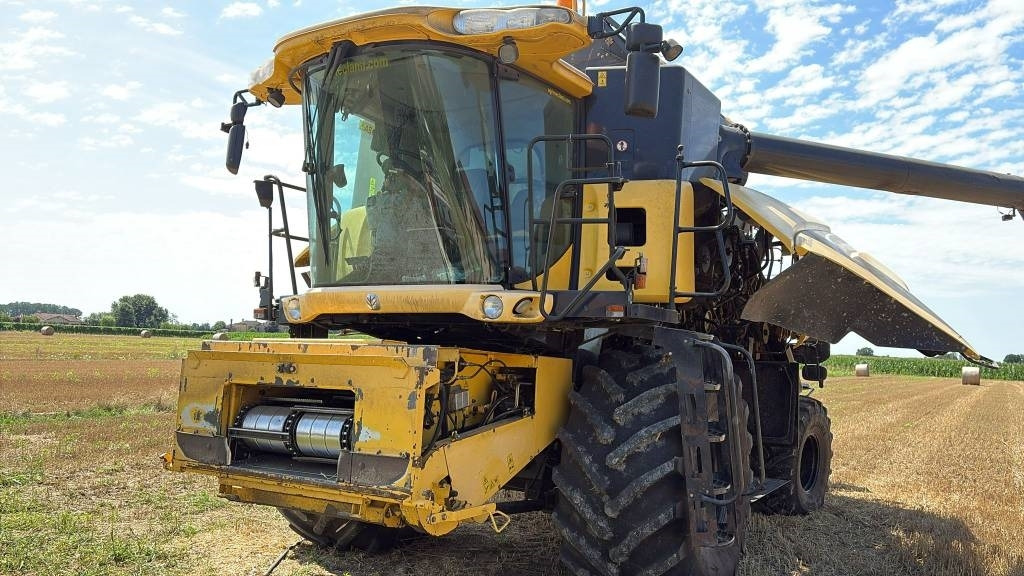

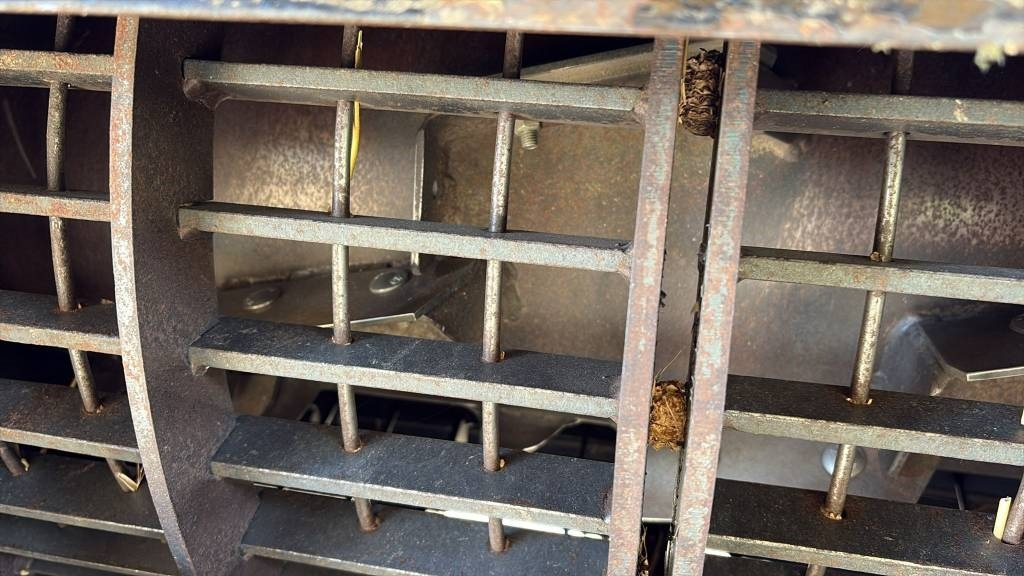
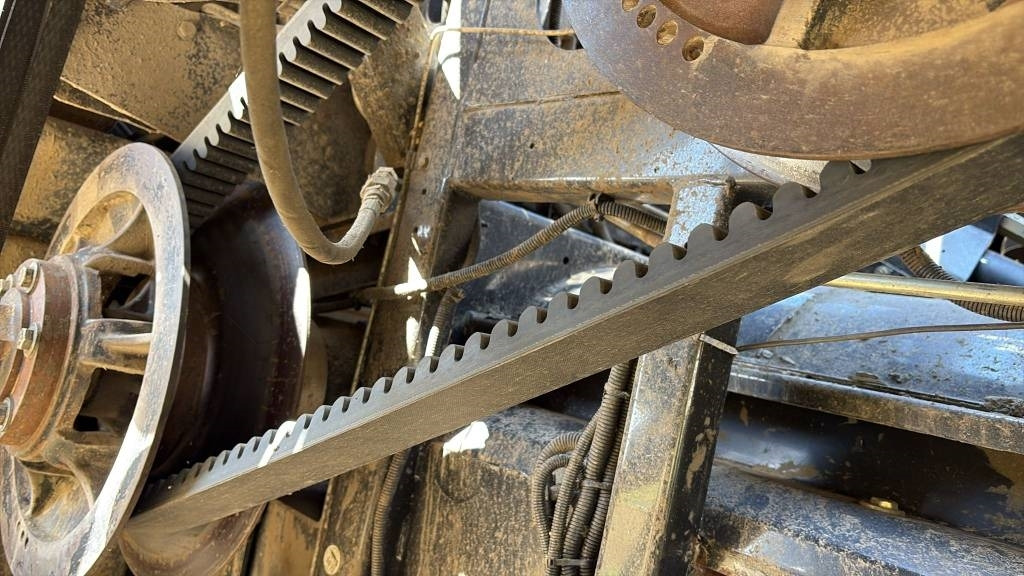
See all photos (6)
New Holland CR 960
Combine harvester
20036200 h398 hp
Italy, Montebello Vicentino (VI), Vicenza, Italien
Published: 8hr 56minReference number SRA18431
Ask for price
20036200 h398 hp
Italy, Montebello Vicentino (VI), Vicenza, Italien
Contact the seller



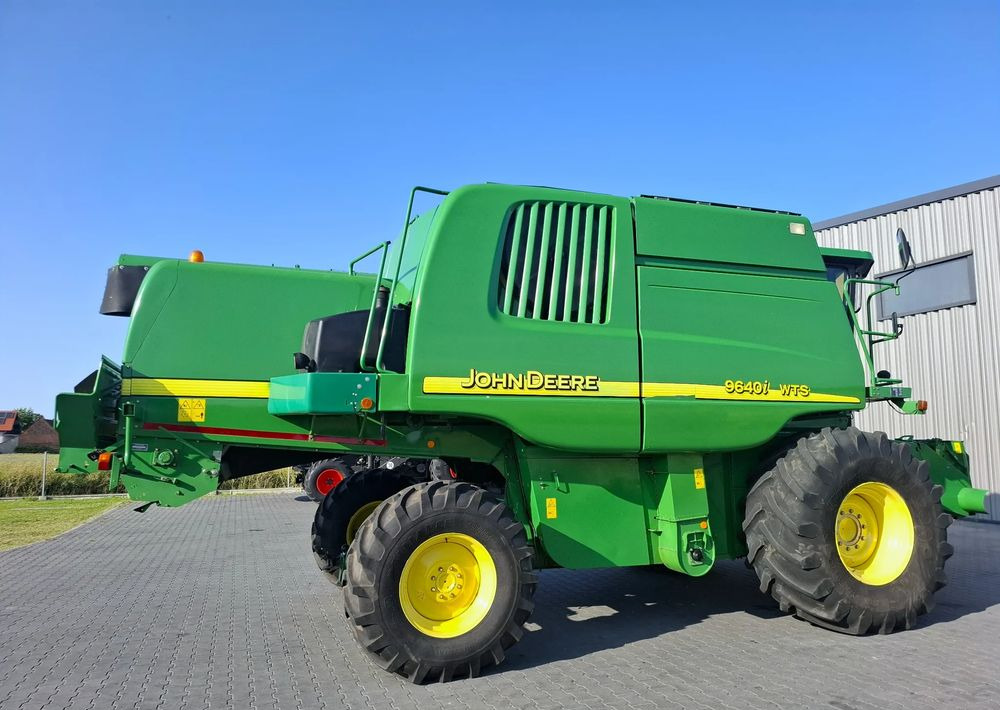

See all photos (7)
John Deere WTS 9640i 2005 Rok, heder 6,1m, Stol do rzepaku, Nie Malowany, Stan Bardzo Dobry
Combine harvester
20053100 h
Poland, JEDNOŚCI NARODOWEJ 3, 48-314, PAKOSŁAWICE, PRUSINOWICE, Opolskie, Poland
Published: 8hr 56min
46 482EUR
- ≈ 53 808 USD
- ≈ 40 466 GBP
20053100 h
Poland, JEDNOŚCI NARODOWEJ 3, 48-314, PAKOSŁAWICE, PRUSINOWICE, Opolskie, Poland
Contact the seller





See all photos (9)
New Holland CX8.80 SLH med 25 fods Varifeed
Combine harvester
2020790 h
Denmark, Dänemark, Roskilde
Published: 8hr 56minReference number RO 818075
280 857EUR
- ≈ 325 125 USD
- ≈ 244 507 GBP
2020790 h
Denmark, Dänemark, Roskilde
Contact the seller





See all photos (9)
Massey Ferguson 9380 DELTA 35 fods Powerflow
Combine harvester
20141026 h
Denmark, Dänemark, Roskilde
Published: 8hr 56minReference number RO 818525
100 551EUR
- ≈ 116 399 USD
- ≈ 87 537 GBP
20141026 h
Denmark, Dänemark, Roskilde
Contact the seller





See all photos (7)
Laverda 25.50
Combine harvester
2003
Italy, Spello (PG), Perugia, Italien
Published: 8hr 56minReference number SRA21698
Ask for price
2003
Italy, Spello (PG), Perugia, Italien
Contact the seller





See all photos (18)
Laverda 304
Combine harvester
2011
Italy, Italien, Leno (BS), Brescia
Published: 8hr 56minReference number SRA22208
45 000EUR
- ≈ 52 092 USD
- ≈ 39 176 GBP
2011
Italy, Italien, Leno (BS), Brescia
Contact the seller





See all photos (7)
Claas LEXION 750 ACR
Combine harvester
20141911 h
Italy, Italien, Vercelli (VC), Vercelli
Published: 8hr 56minReference number SRA04610
Ask for price
20141911 h
Italy, Italien, Vercelli (VC), Vercelli
Contact the seller





See all photos (18)
Claas TRION 750
Combine harvester
2023170 h
Italy, Italien, Leno (BS), Brescia
Published: 8hr 56min
Ask for price
2023170 h
Italy, Italien, Leno (BS), Brescia
Contact the seller





See all photos (6)
Claas Lexion 480
Combine harvester
2000
Italy, Montebello Vicentino (VI), Vicenza, Italien
Published: 8hr 56minReference number SRA09583
Ask for price
2000
Italy, Montebello Vicentino (VI), Vicenza, Italien
Contact the seller


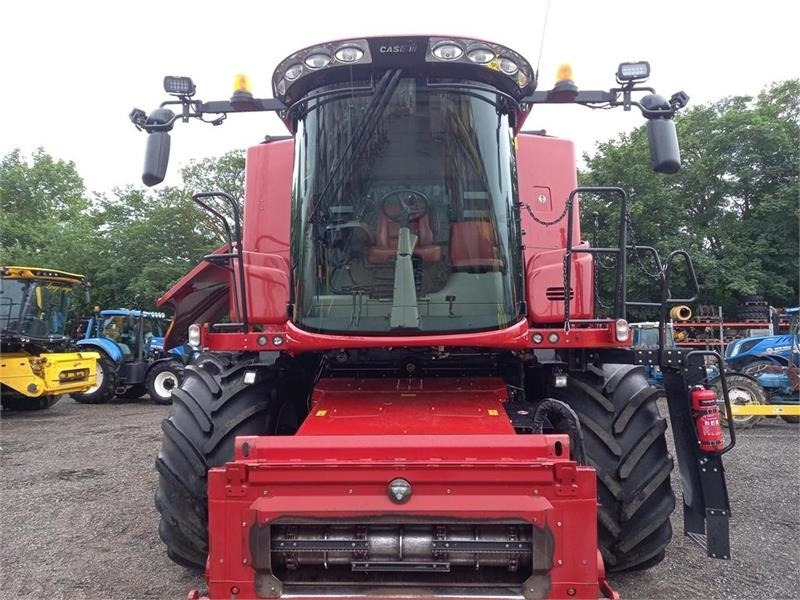

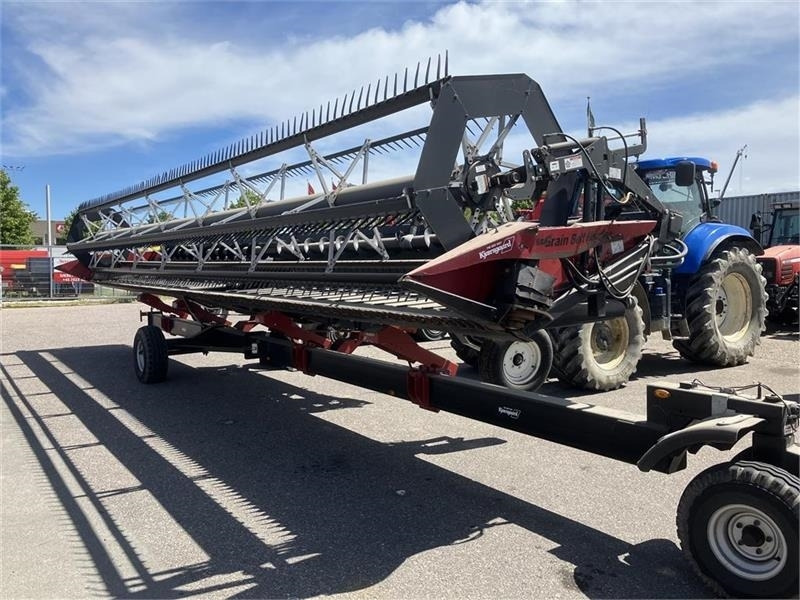
See all photos (21)
Case IH Axial Flow 9240
Combine harvester
20151526 h
Denmark, Dänemark, Roskilde
Published: 8hr 56minReference number FV 818517
187 017EUR
- ≈ 216 494 USD
- ≈ 162 812 GBP
20151526 h
Denmark, Dänemark, Roskilde
Contact the seller





See all photos (8)
New Holland CX 8.70 SLH
Combine harvester
2021153 h
Denmark, Dänemark, Roskilde
Published: 8hr 56minReference number RO 817607
261 419EUR
- ≈ 302 623 USD
- ≈ 227 585 GBP
2021153 h
Denmark, Dänemark, Roskilde
Contact the seller





See all photos (17)
New Holland CR 980
Combine harvester
20042485 h
Denmark, Roskilde, Dänemark
Published: 8hr 56minReference number RO
60 167EUR
- ≈ 69 650 USD
- ≈ 52 380 GBP
20042485 h
Denmark, Roskilde, Dänemark
Contact the seller





See all photos (7)
New Holland CR9.90 Med 35 fods Varifeed mm
Combine harvester
2023210 h
Denmark, Dänemark, Roskilde
Published: 8hr 56minReference number RO
441 730EUR
- ≈ 511 355 USD
- ≈ 384 560 GBP
2023210 h
Denmark, Dänemark, Roskilde
Contact the seller
New Holland Gearkasse til CX8040
Combine harvester
2012
Denmark, Dänemark, Roskilde
Published: 8hr 56min
3 484EUR
- ≈ 4 033 USD
- ≈ 3 033 GBP
2012
Denmark, Dänemark, Roskilde
Contact the seller





See all photos (16)
New Holland CX 8080 SLH
Combine harvester
20121616 h
Denmark, Roskilde, Dänemark
Published: 8hr 56minReference number FV kunde
144 117EUR
- ≈ 166 832 USD
- ≈ 125 465 GBP
20121616 h
Denmark, Roskilde, Dänemark
Contact the seller





See all photos (12)
New Holland CR9090 35 fod VF bord og 4wd mm.
Combine harvester
20122539 h
Denmark, Roskilde, Dänemark
Published: 8hr 56minReference number RO 815601
133 927EUR
- ≈ 155 036 USD
- ≈ 116 593 GBP
20122539 h
Denmark, Roskilde, Dänemark
Contact the seller





See all photos (14)
New Holland CR9.80
Combine harvester
20181314 h
Denmark, Roskilde, Dänemark
Published: 8hr 56minReference number RO Kunde
240 533EUR
- ≈ 278 445 USD
- ≈ 209 402 GBP
20181314 h
Denmark, Roskilde, Dänemark
Contact the seller





See all photos (23)
Claas Lexion 570
Combine harvester
20063991 h
Italy, Italien, Leno (BS), Brescia
Published: 8hr 56minReference number SRA11925
35 000EUR
Price excl. VAT
- ≈ 40 516 USD
- ≈ 30 470 GBP
20063991 h
Italy, Italien, Leno (BS), Brescia
Contact the seller



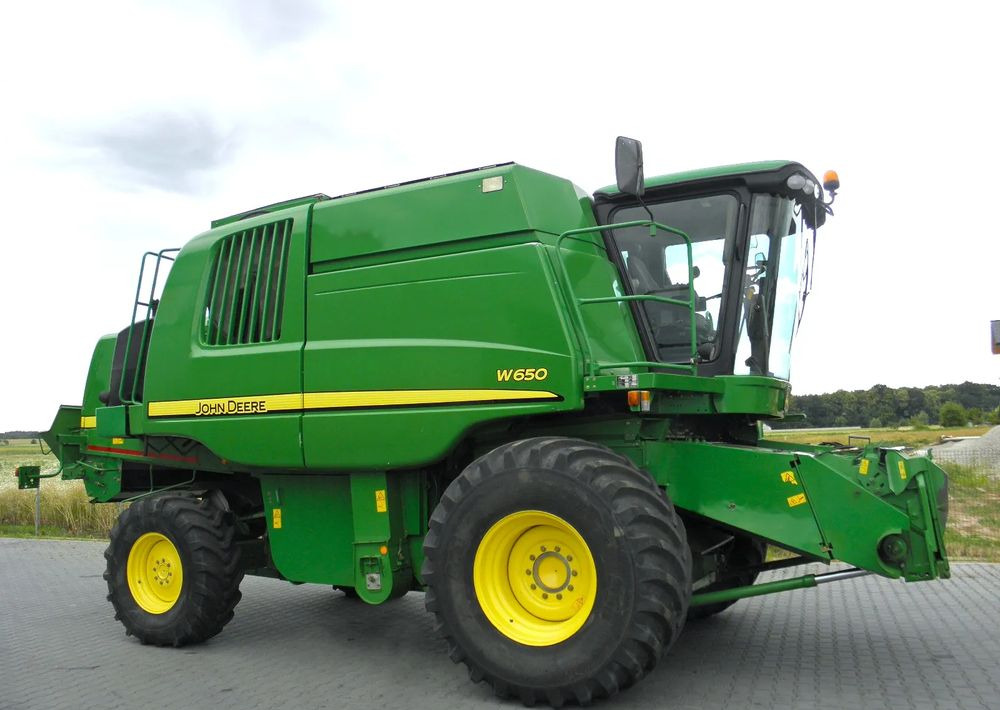

See all photos (8)
John Deere W650 2008 Rok, heder 6,7m, Nie Malowany, Stan Bardzo Dobry
Combine harvester
20082900 h
Poland, JEDNOŚCI NARODOWEJ 3, 48-314, PAKOSŁAWICE, PRUSINOWICE, Opolskie, Poland
Published: 8hr 56min
58 161EUR
- ≈ 67 328 USD
- ≈ 50 633 GBP
20082900 h
Poland, JEDNOŚCI NARODOWEJ 3, 48-314, PAKOSŁAWICE, PRUSINOWICE, Opolskie, Poland
Contact the seller
T1 new listing page - Combine harvesters leasing
